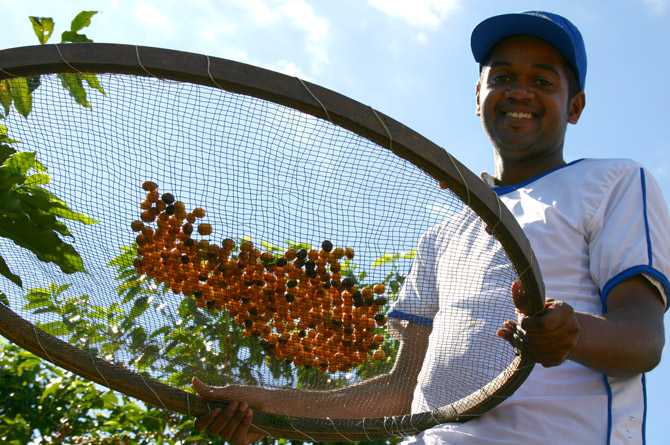SAO PAULO, Brazil – The Brazilian 2020/21 coffee season finished officially in June, with prices for Arabica higher than those registered last crop (2019/20). On the average of the season (from July/20 to June/21), the CEPEA/ESALQ Index for arabica coffee type 6 (delivered to São Paulo city) closed at 726.26 BRL/bag, for an increase of 37.71 Reais per bag (or 5.5%) compared to the season before (values were deflated by IGP-DI May/21). Average crop values are also the highest since 2016/17.
In the first months of the season, Arabica coffee prices started an upward trend, surpassing 600 BRL/bag in August, due to increases in the international scenario and the firm demand for fine coffee.
From September onwards, the market was focused on the impacts of the weather on the 2020/21 supply and on the 2021/22 production (with negative biennial cycle for Arabica crops).
In spite of that, quotes dropped in September because of the end of the 2020/21 harvesting; however, prices resumed moving up in October due to the unfavorable weather conditions in Brazil.
In 2021, the significant crop failure in Brazil in the 2021/22 season, the possible economic recovery in 2021 due to the vaccination around the globe (which tends to increase the demand) and logistical problems in Colombia have led the CEPEA/ESALQ Index for arabica coffee to operate in new nominal records, above 800 BRL/bag.
As for the demand, the USDA indicated in June that the world coffee consumption may total 164.98 million 60-kilo bags in 2021/22, 1.4% up compared to 2019/20 and higher than the supply in this crop, forecast at 164.84 million bags.
Prices also increased in 2020/21. On the average of the crop (from July/20 to June/21), the CEPEA/ESALQ Index for Arabica coffee (delivered to São Paulo city) closed at 469.66 BRL/bag, 7.8% (or 33.94 Reais/bag) above that in 2019/20, in real terms. As for the 7/8 type, the price average of the season was 457.93 BRL/bag, 8.7% up in the same comparison.
At the beginning of the season, Robusta prices were influenced by increases of dollar quotes and international prices. Moreover, the demand has been firm during the pandemic period, given that the household consumption increased. Price rises boosted the pace of trades, limiting the volume from mid-August onwards, underpinning the upward trend in the rest of the season.


















